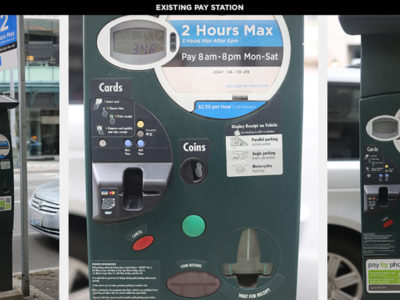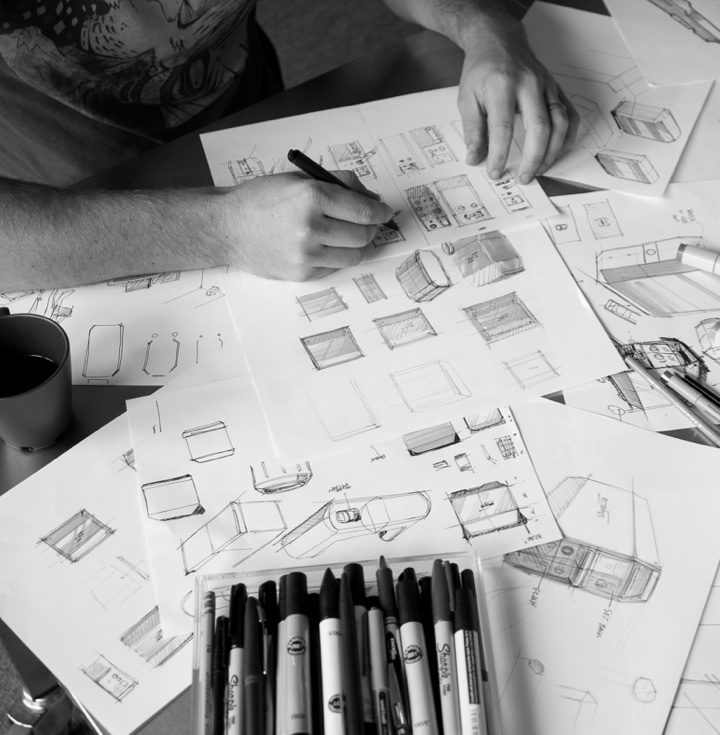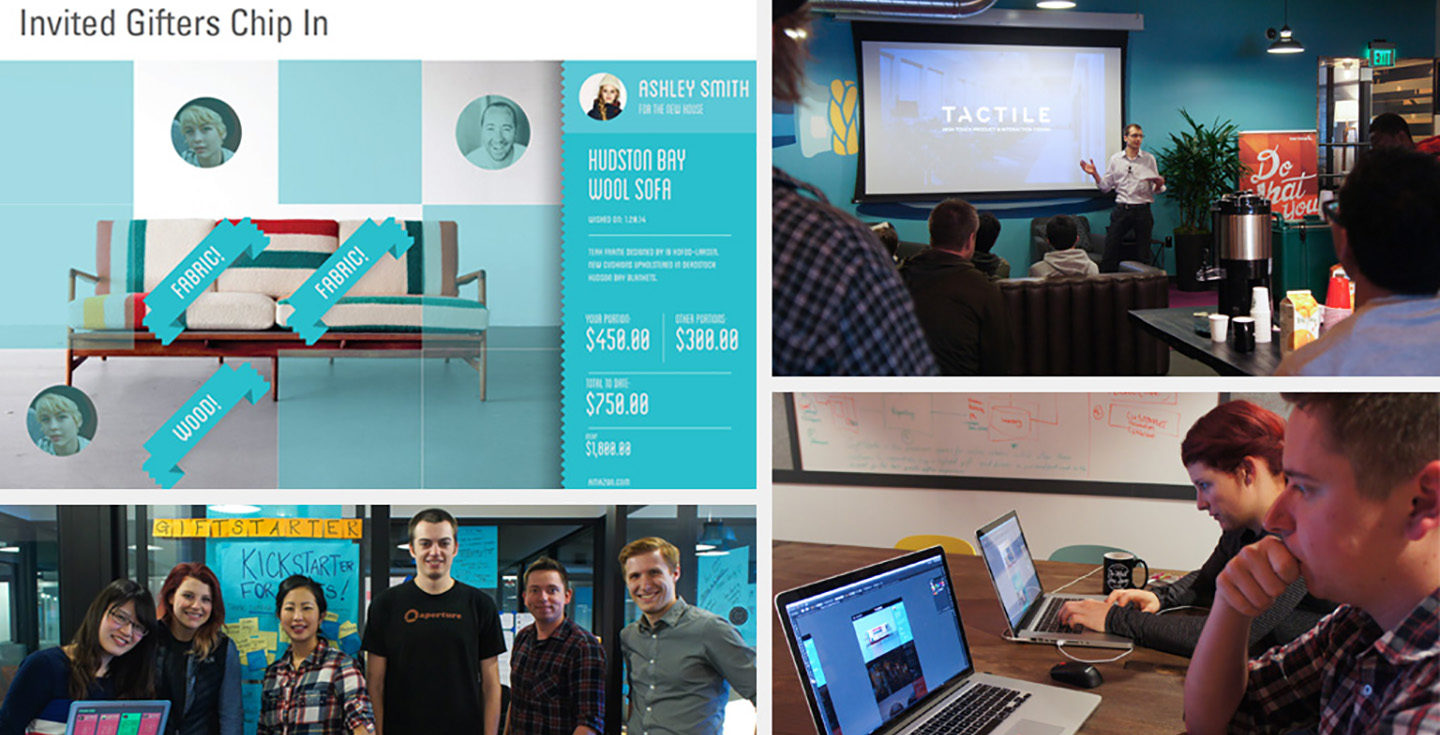
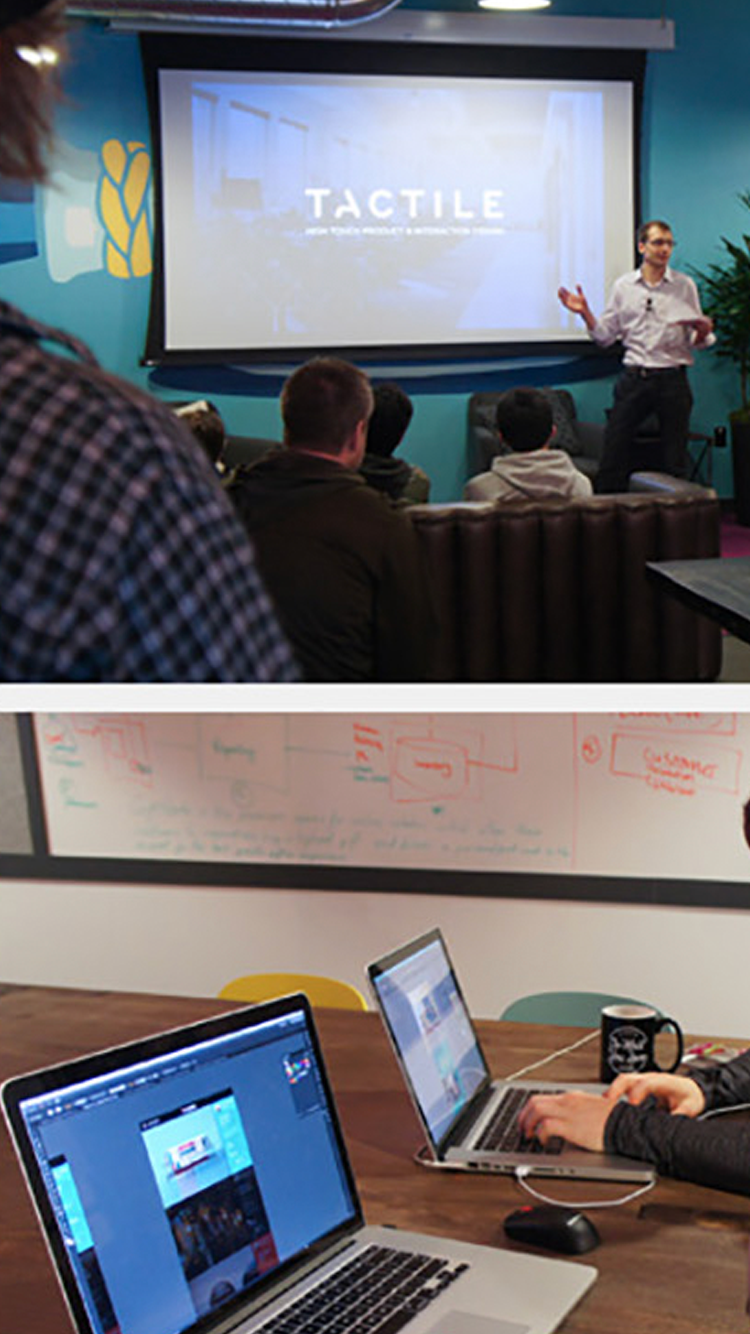
news
Starting Up
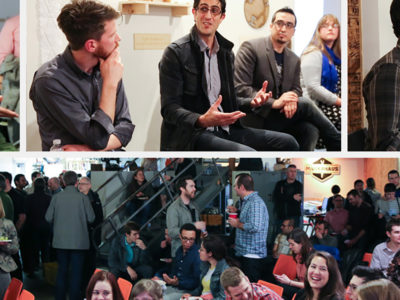
news
Convergence
On Thursday, two hundred or so members of the Seattle design community gathered at MakerHaus for Convergence, a panel discussion about where ID + UX design meet. Tactile put this event together to give independent designers, students, industry folks and others the chance to connect and consider the constant evolution of design. The discussion ranged from defining UX to the business of design, as well as what it takes to succeed in a hybridized industry. Convergence was clearly just the beginning of the conversation—we look forward to continuing it soon! Thanks again to our panelists, volunteers and all who attended.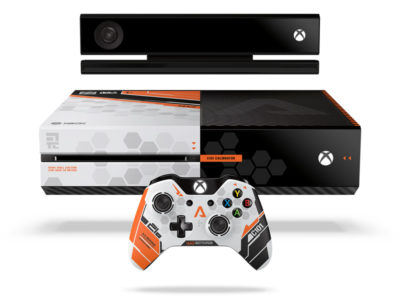
news
Titanfall
Titanfall has landed. We’re excited to play the most–anticipated game of the year—and to pick up the limited edition Titanfall Xbox controller. Tactile has been a long–time collaborator with Xbox, and this project let us peek behind the curtain during the development and launch of Titanfall and work directly with both Respawn Entertainment (the game developer) and Xbox’s internal industrial design team. Tactile Design Director Rich Hanks commented, “It’s great to design for such an enthusiastic user. Every detail is meaningful to the core gamer, so authenticity is key. The result has to have a ‘wow’ factor—something that will inspire someone to save up and wait in line the day it hits the shelves. We had to create a must have product for the Titanfall fan.” For this fast–paced graphics project, the Tactile team immersed itself in the world of Titanfall. The controller, like the game, has a future military feel, with direct references to one of the game weapons that is sure to be a player favorite. Our team’s challenge was preserving the integrity of the Xbox brand language while integrating the excitement the game offers. This meant incredible focus on detail, down to constant iteration on the perfect shade of Militia orange. With each limited edition Xbox controller we touch—Tactile collaborated on the Tomb Raider version in 2013—we learn new production processes and build experience we can bring to clients across other industries. We also love working with the Xbox ID team for their consistently high standards of quality and execution. It’s a great fit for the Tactile team, too, which is uniquely suited to intense CMF (color, material, finish) efforts that require high–level graphic attunement. It doesn’t hurt, either, that we have deep experience with Xbox gamer culture. Xbox is quickly becoming the center of entertainment for families. For us, limited edition controllers present a unique chance to design for serious gamers while making sure the result is accessible for every player. Working on graphics for the Titanfall controller is just one great experience in a long history of collaboration with the Xbox team. They are as passionate as we are about details, and we can’t wait to see what’s next.